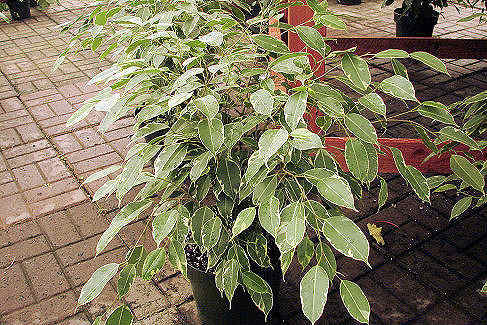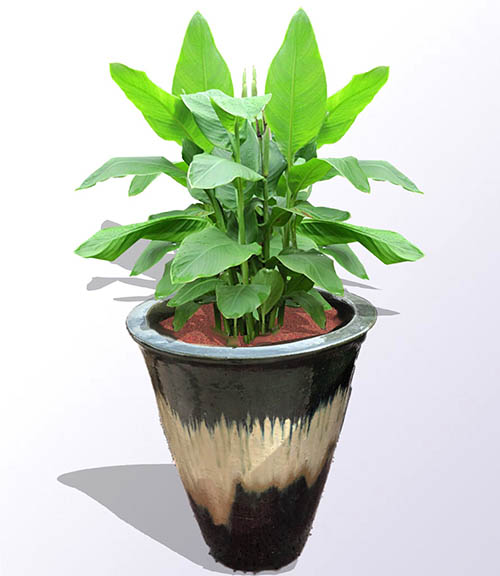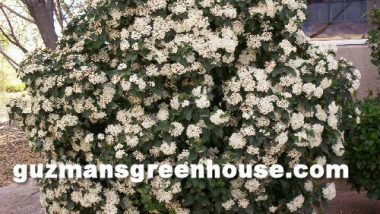Last updated on August 2nd, 2025 at 02:27 pm
Best Air Purifier Plants. Indoor pollution is a big problem in the U.S. There are environmental hazards everywhere, from hydrocarbons to polyurethane. These chemicals are found in homes, offices, automobiles, and in the Earth’s atmosphere! There are also glues, paints, varnishes, and many more harmful toxins; too many for me to list here.
Plants to help clean the air
Plants to help clean the air. What can we do to help protect us from these harmful substances? One big answer is plants, yes, your average everyday houseplants or outdoor plants will help reduce harmful toxins in the air. Most of us know that plants give off carbon dioxide and they produce oxygen and moisture in our air. Plus, the soil that is in the container also filters out these poisonous toxins.
Houseplants that clean the air
Honestly, all plants play a role in improving air quality, but some are far more effective than others. Certain varieties are especially good at filtering out harmful toxins and adding fresh oxygen to your space. Below, you’ll find a list of the top-performing plants for cleaner, healthier air.
Spider Plant (Chlorophytum comosum)
One of the easiest plants to care for. Grows quickly and is disease and insect-resistant. It will do great in a hanging or upright pot. Little spider plants at the end of each stem.
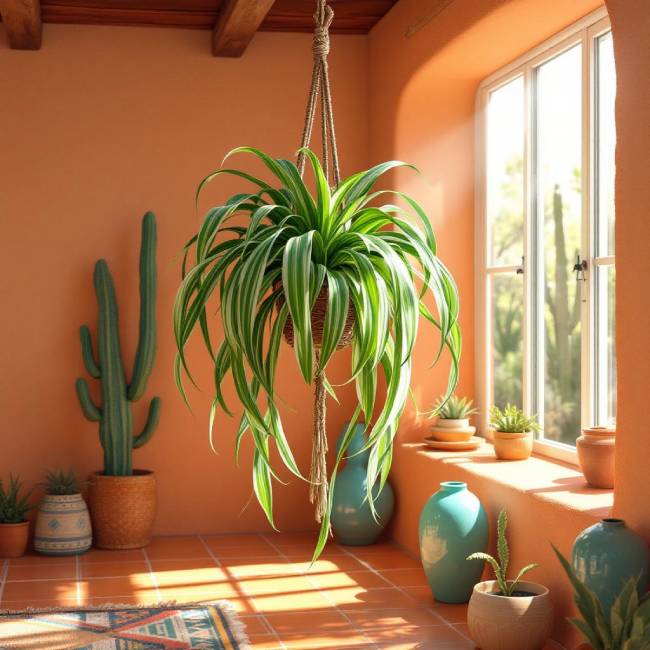
Dieffenbachia is also called the dumb cane plant.
Easy to grow and will grow 4-8 ft. over time. Best if used in a container. This is one of those plants that love artificial light and will also do good underneath a skylight—mostly grown and used for indoor decoration. It will do fine outdoors, but place it with morning sun and afternoon shade.
Peace Lily (Spathiphyllum)
The Peace lily is a very easy-to-care-for houseplant. It tolerates lots of shade and light. You can place it almost anywhere in a closet, close the door, and it will continue to thrive! It does like lots of water and humidity. It can also be used as a beta plant to help your fish survive in a water tank.
Snake Plant (Sansiveria)
Also called the mother-in-law tongue plant. It’s used as an indoor plant in regions that get freezing temperatures outdoors. It is very easy to grow and rarely needs any attention at all. Place it in a nice-looking container for year-round interest. It does not like plant fertilizer and thrives in poor soil.
Schefflera (Scheffler spp.)
It loves bright light and the lighter without the direct sun, the better. Let the plant dry out before watering again. Place your finger in the soil about 1/2in. In the soil, if it is dry, it needs water. Fertilize about once per month during spring, summer, and fall. It likes bright sunlight, especially from artificial lights. When the leaves droop, you will know it’s time to water. It is also called the umbrella plant due to its canopy shape.
Ficus Plants (Ficus spp)
The Ficus plants (Moraceae) are in the ornamental fig family. There are numerous varieties from the lowly creepers to the weeping fig plant. Also called the weeping fig. The one pictured below is a variegated Ficus. Make sure to place it where it will stay for a long time, as they do not like to be moved. Allow the soil to dry out before watering again. However, do not go too long between waterings as it will turn yellow and drop its leaves.
The Dwarf Banana Plant (Musa acuminata)
This plant will grow to about 4-10 ft. tall. It does well in bright natural sunlight. It is best to place it where there is lot of humidity. It will have a tough time growing in a dry cool area. Place it in a small greenhouse or in a shower area. Much better than a living or bedroom area. Keep it where temperatures never drop below 60° F. You can also place it outdoors during humid, warm days. Be sure to keep your soil well-watered but never soggy.
Pothos (Epipremnum Pictum)
One of the easiest houseplants to use. The stems will grow rapidly and will reach about 8-10 ft. in length. You can place it in a container or in the ground in places where it never freezes. Also, great in a hanging basket or in with some type of support. This is the number one plant to help remove toxins in your home or office.
Arrow Head Vine (Syngonium podophyllum)
A nice plant to help clean up the indoor air. It does not mind low light, so this means it will do great in a hall or dark corner. It will grow up to 2- 3ft tall and does like regular watering, so keep it moist, especially during the summer months. The foliage is variegated (two colors) and does not like temperatures below 60° F. This is a houseplant that likes to climb. Use a small trellis or bamboo pole for support. More on the Arrowhead Vine here.
The Schefflera plant (Schefflera spp)
An extremely attractive plant with large, glossy leaves. The leaf can grow up to 8-10″ long and wide. It does not mind artificial light. It likes the soil to be dry before watering again. About once per week with water, and fertilize about once every 2 months or so for a better-looking plant. The Schefflera plant is a very easy-care houseplant and will get large quickly, so give it room to grow. If it gets too big, don’t be afraid to cut it back, as it will fill out again in no time at all.
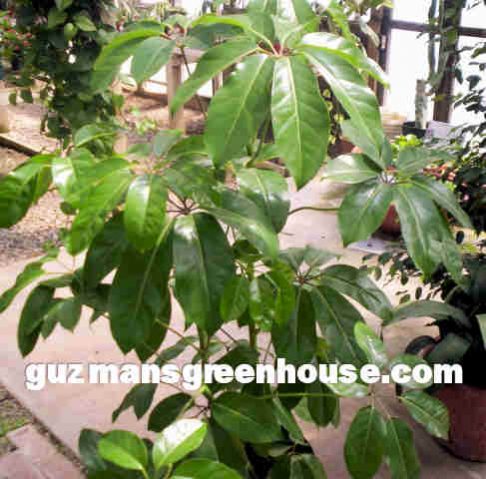
All houseplants are susceptible to insects and diseases. Mealybugs, scales, aphids, mites, and fungal diseases will attack houseplants. Here are a few tips to help keep your plants healthy and looking good year-round.
Keep Your Plants Healthy
- Observe your plants on a regular basis – once a week will do.
- Insects will hide underneath the foliage. Use a magnifying glass for a closer look.
- A good systemic insecticide to kill these pests. Neem oil is an organic alternative. Soap insecticide will also work but it takes numerous applications before it works thoroughly.
- Spray at the first sign of trouble…do not wait. Insects will go to another plant if treated ASAP.
- Throw away a heavily infested plant. Be sure to wrap a plastic container or bag and dump it into a trash bin.
- Too much water and shady conditions will make your plant prone to fungus.
- Keep your houseplants away from cold or heat draft exposure.
- Clean your pruning tools with soapy water after pruning plants.
- Always follow water and fertilizing requirements. A stressed plant is more susceptible to diseases and insects.
- Make sure you know where to place your plant. Research or ask your friendly local nursery person for information regarding the care of your plants.
Best Air Purifier Plants
Many more houseplants here. Indoor Houseplants
Did you know houseplants can help reduce stress and enhance social health? Read more about how plants help you reduce stress here.

Greenhouse Manager, Master Gardener, and Webmaster.
If you have any questions or enjoyed this post, feel free to share your thoughts in the comments below.





